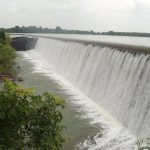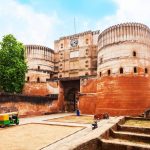Tughlaqabad Fort – Echoes of Empires Past
Amidst the many monumental places in Delhi, Tughlaqabad Fort stands as a testament to the grandeur and resilience of the Indian empire. With its imposing walls and storied past, this monumental fortress is more than just a structure; it is a living chronicle of history, echoing tales of conquests, dynasties, and cultural legacies.
As you book your India trip, be sure to visit Tughlaqabad Fort in Delhi and venture through its weathered gates and ancient corridors. Travelers will embark on a journey through time, where each stone whispers secrets of bygone eras. Join us as we unravel the mysteries and marvels of Tughlaqabad Fort, one of the most monumental places to visit in Delhi, and learn about the enduring symbol of strength and heritage.
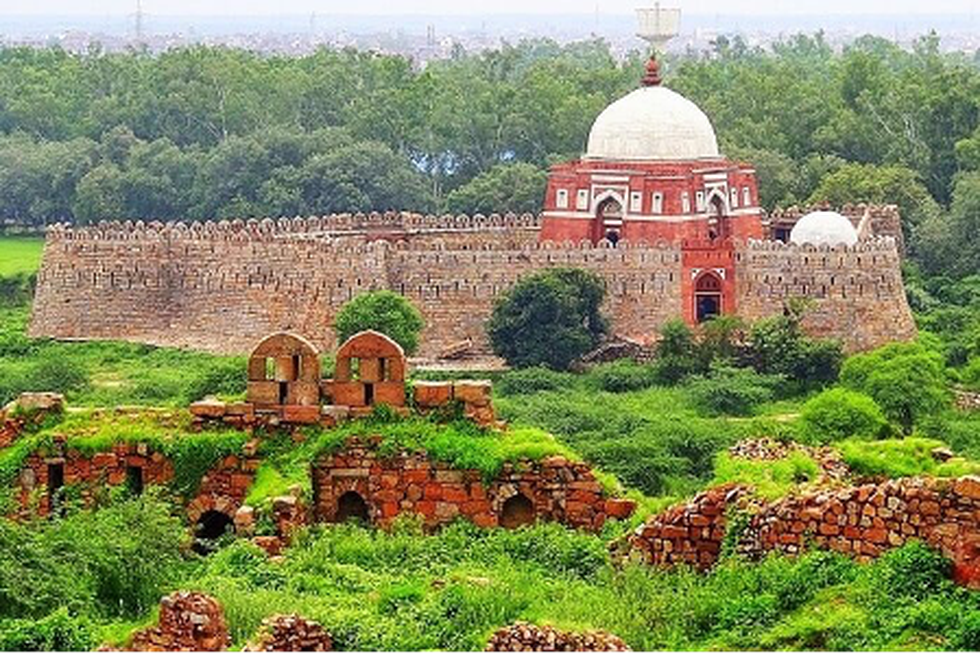
What is the Tughlaqabad Fort and what is its significance?
Tughlaqabad Fort, constructed in 1321 by Ghiyasuddin Tughlaq, the inaugural ruler of the Tughlaq dynasty, is a testament to his vision and ambition. Originally known as Ghazi Malik, Tughlaq rose from being a governor under Alauddin Khalji’s rule.
Legend has it that when Mubarak Khalji ascended to the throne, Ghazi Malik proposed erecting a fortified city, only to be met with laughter and a challenge to do it himself when he became king. In a twist of fate, after Khalji’s demise in 1320 AD, possibly orchestrated by Ghazi Malik, he assumed power as Ghiyasuddin Tughlaq and fulfilled his ambitious plan.
The fort’s conception stemmed from the necessity to safeguard the Sultanate of Delhi from frequent Mongol invasions. Tughlaq envisioned a stronghold that would be impregnable, thus commissioning the construction of towering walls, battlements, and semi-circular bastions to surveil and repel potential threats.
Situated within a larger urban complex, the fort encompassed a regal palace area and residential quarters. Additionally, a dam was erected to harness water from a nearby stream, creating a lake that served both as a reservoir and a strategic barrier against adversaries.
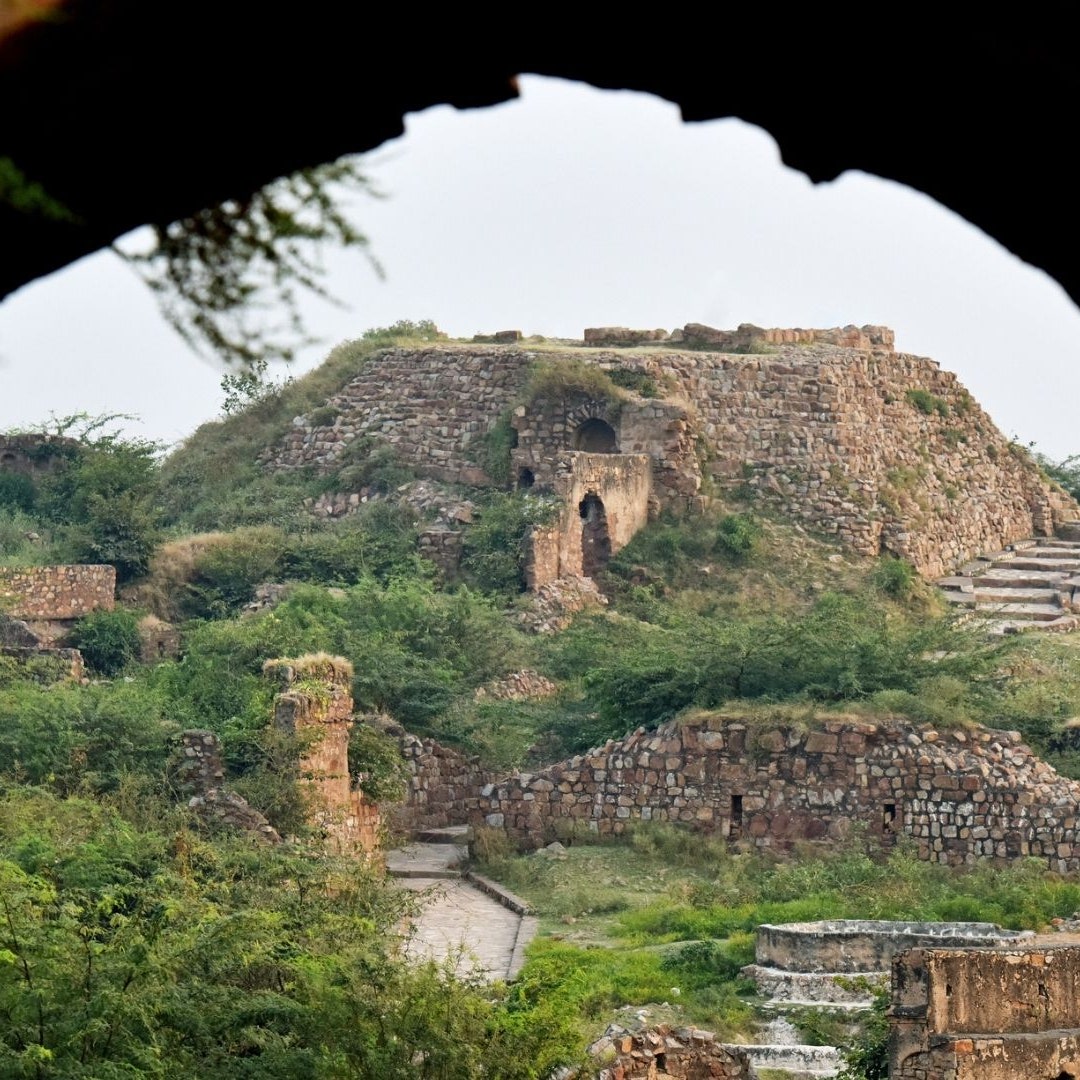
History of Tughlaqabad Fort
The history of Tughlaqabad Fort rivals that of any other architectural wonder in Delhi, characterized by richness, diversity, and complexity. Ghiyasuddin Tughlaq, the inaugural monarch of the Tughlaq dynasty reigning in 1320 AD, strategically selected the rocky terrain of Tughlaqabad as the site for the fort, ensuring its defensibility against invaders such as the Mongols. However, in 1327, the sultan displaced all the residents of Tughlaqabad when he relocated the capital to Devagiri, resulting in significant turmoil and upheaval for the city.
Best time to visit Tughlaqabad Fort
Tips For Visiting Tughlaqabad Fort Delhi is that you should plan your visit to Tughlaqabad Fort in Delhi during the cool and dry season, typically spanning from November to March. During this time, the weather is mild and pleasant, with temperatures ranging from 20 to 25 degrees Celsius in October and dropping to 15 to 20 degrees Celsius in November. It’s advisable to dress in lightweight attire and wear sunglasses and a hat to stay comfortable while exploring the site, especially during summer.
The Tughlaqabad Fort Delhi ticket price is INR 50 for Indians and INR 100 for foreigners. There is no entry fee for children.
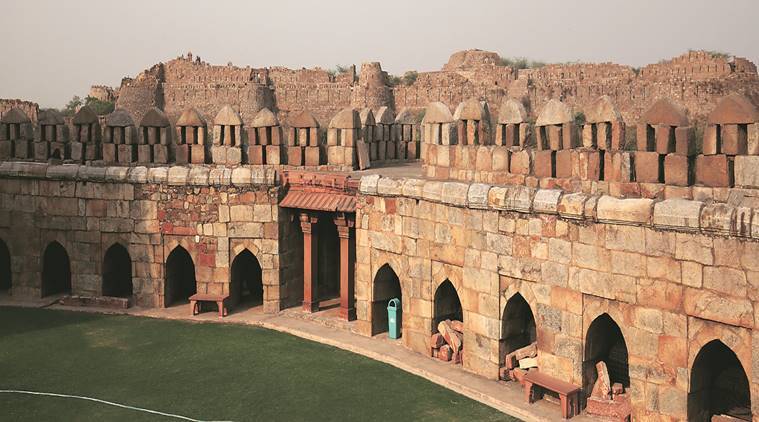
Architecture of Tughlaqabad Fort
Tughlaqabad still boasts an array of impressive stone fortifications encircling its irregular city layout. Some of the most amazing things to see at Tughlaqabad Fort are the sloping city walls, filled with rubble, which are a characteristic feature of monuments from the Tughlaq Dynasty era, standing approximately 10 to 15 m tall.
These walls are adorned with formidable battlements, parapets, and circular bastions, some reaching heights of two storeys. While historical records suggest the presence of 52 gates in the city, only 13 remain today. Additionally, historical reports indicate the existence of seven rainwater tanks within the fortified city.
The layout of Tughlaqabad Fort Delhi comprises three distinct sections: the expansive city area, featuring houses arranged in a rectangular grid between the gates; the citadel, crowned by the tower known as Bijai-Mandal, and the palace zone, housing residences for the royal family, along with remnants of multiple halls and an extensive underground passage. Dense vegetation currently limits access to a significant portion of the city, which is predominantly occupied by settlements, especially around the lakes.
To the south lies a vast artificial water reservoir within the fortified Ghiyath al-Din Tughlaq Tomb, connected to the fort by an elevated causeway. Towards the southeastern corner stands the remnants of Adilabad fortress, built years later by Muhammad bin Tughlaq. One of the best things to do in Tughlaqabad Fort is admire the architectural prowess of the empires’ past.
How to reach Tughlaqabad Fort
Tughlaqabad Fort Delhi location is on the Mehrauli-Badarpur road, easily accessible by various modes of transportation. Given Delhi’s extensive air and rail connectivity with major cities, reaching the monument is quite easy:
By metro: Govindpuri metro station is the closest metro station and is situated 5 km from the fort. From the station, you can opt for an auto-rickshaw ride to the monument.
By local transportation: The fort is within walking distance from the nearest bus stop. Various state buses serve this route and taxis as well.
By flight: Located 20 km away from Delhi airport, you can take a direct cab to reach Tughlaqabad Fort.By rail: Positioned 25 km from Delhi railway station, you can avail of public transport options from the station to reach the fort.
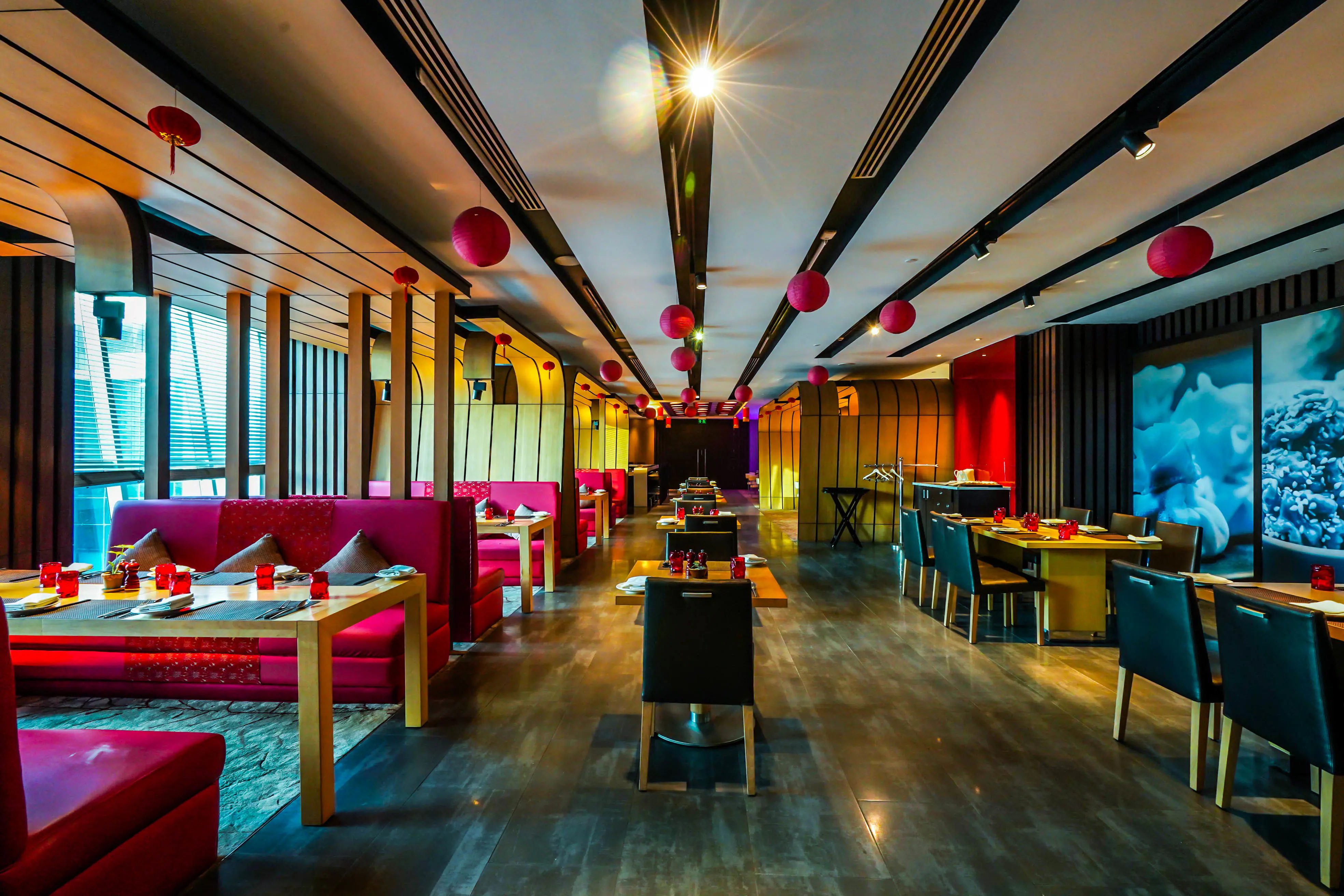
Restaurants Near Tughlaqabad Fort
One of the amazing things about visiting Delhi is that you will find some of the best street food in Delhi. The best restaurants in Delhi serve the best Mughlai food and other continental dishes. Some of the best places to get food at Tughlaqabad Fort are:
- Like Italy
- Chaobella
- Nathu’s Sweets
- W.D. House
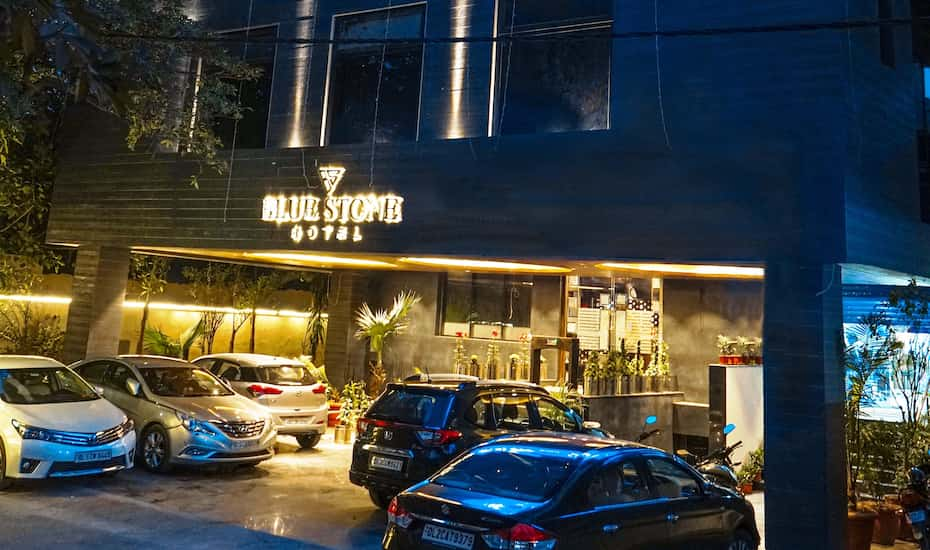
Stays near Tughlaqabad Fort
If you want to experience and enjoy nightlife at Tughlaqabad Fort, some of the best accommodations near Tughlaqabad Fort are:
- Vivanta Surajkund
- Mintstar Apartment and Suites
- Hotel Bell Morris
- Hotel Bluestone
Remembering the Past
Leaving the haunted halls of Tughlaqabad Fort, travelers are left with hearts filled with awe and minds enriched with knowledge. Stepping back into the present, tourists are enriched with the stories of ancient battles, the whispers of kings and rulers, and the spirit of resilience that permeates every stone of this monumental fortress. This journey through time has illuminated the rich tapestry of history woven within these walls, reminding us of the enduring legacy of our ancestors.
Let us not forget the lessons learned and the stories shared within its hallowed grounds and let its towering ramparts continue to stand as a beacon of heritage and inspiration for generations to come. The legend of Tughlaqabad Fort helps and guides our paths while igniting our curiosity to explore the wonders of our past.
What is Tughlaqabad Fort famous for?
Tughluqabad Fort, located in Delhi, India, is an important and forgotten fortress. Built by Ghiyasuddin Tughluq, the founder of the Tughlaq dynasty of the Delhi Sultanate, in 1321, it served as the foundation for the third historic city of Delhi.The construction of the fort served to defend against Mongol invasions and and to function as the capital of Ghiasuddin Tughlaq.
How do I reach Tughlaqabad Fort using public transportation?
You can use the metro, local buses, or a taxi to reach Tughlaqabad Fort. Auto-rickshaws are also available from the nearest metro station – Govindpuri Metro Station.
What are the visiting hours and entry fees for Tughlaqabad Fort?
The Tughlaqabad Fort is open all days of the week and the Tughlaqabad Fort Delhi timings are from 7:00 am to 5:00 P.m. Entry fees for Indian adults are INR 5 per person and the entry fees for foreigners are INR 100 per person. There is no entry fee for children under 15 years old.
What are some nearby attractions to visit along with Tughlaqabad Fort?
Some nearby attractions near Tughlaqabad Fort are National Museum, New Delhi, India Gate, Lotus Temple and Humayun’s Tomb.




